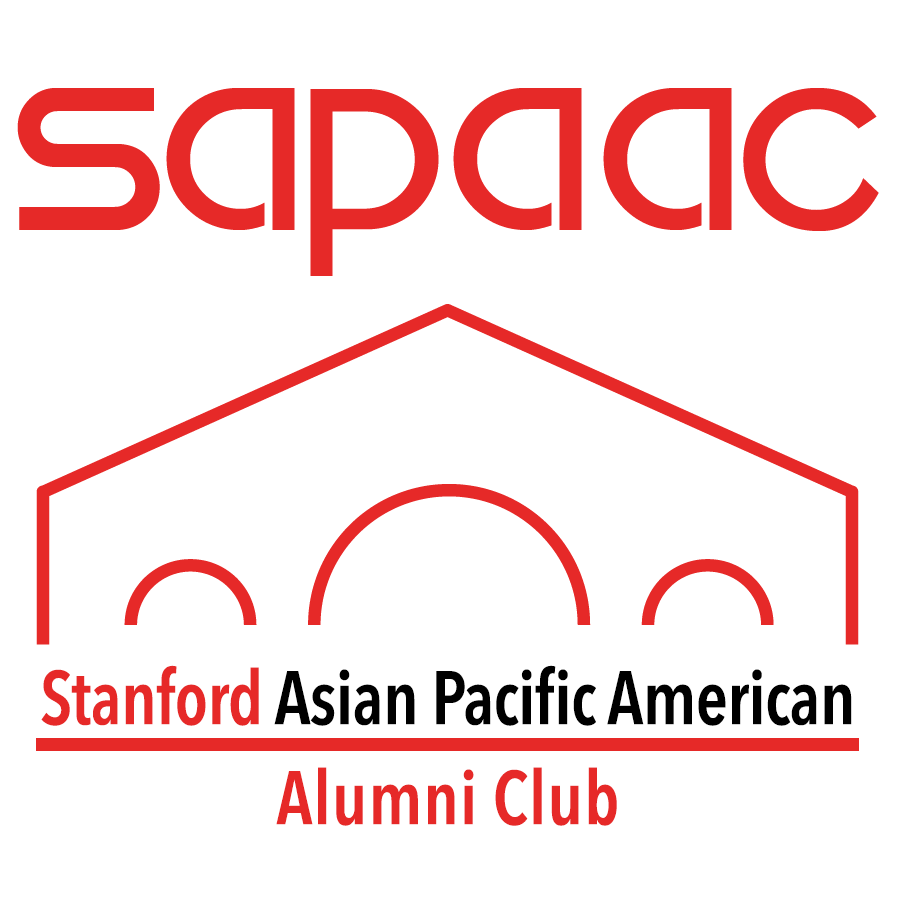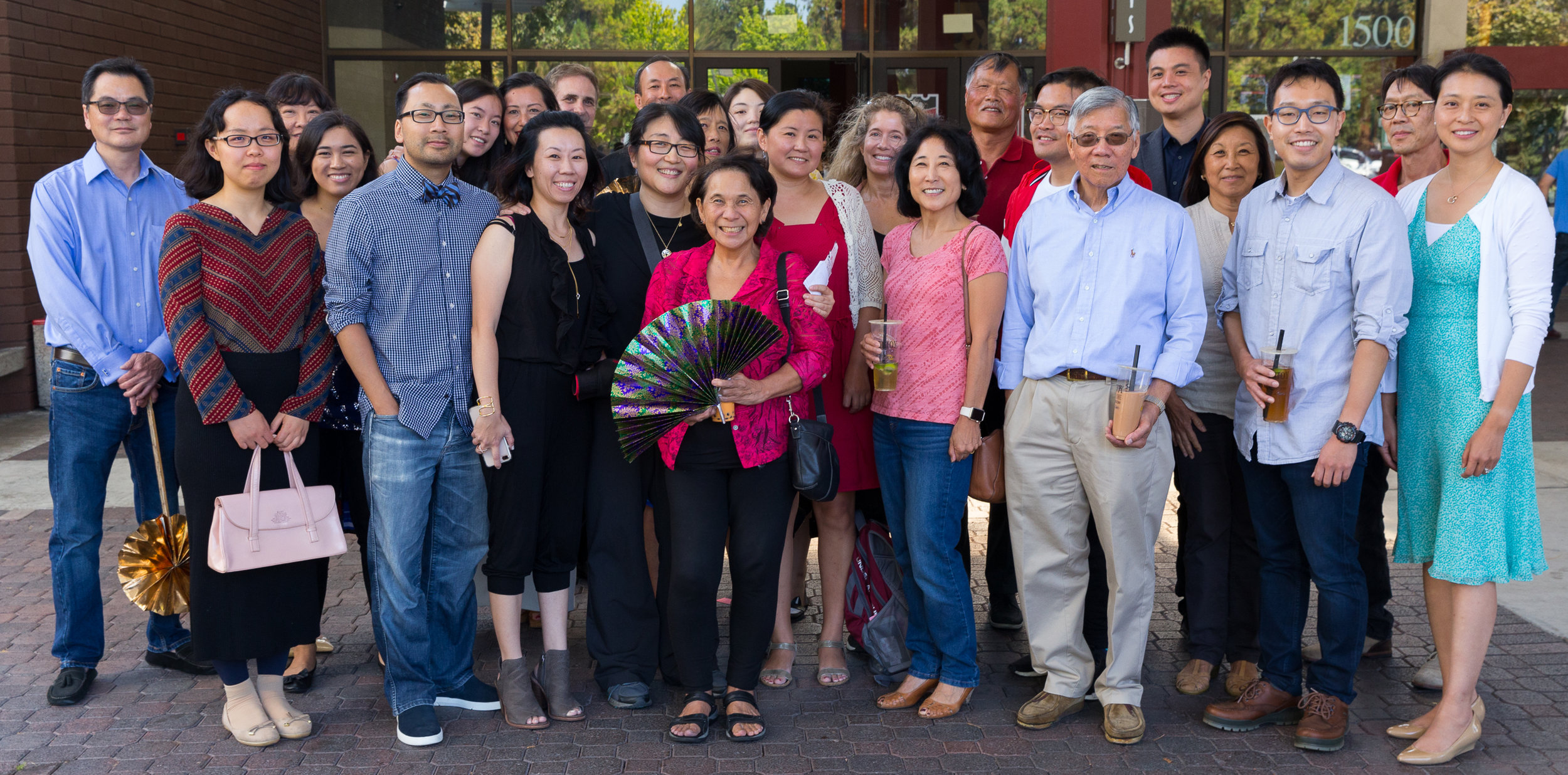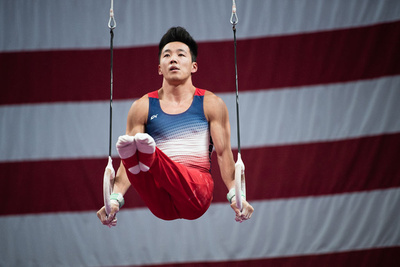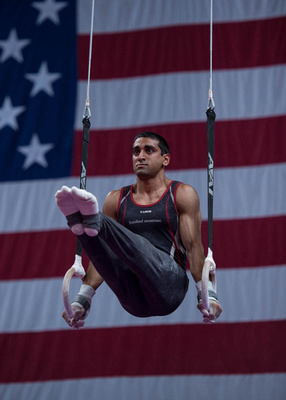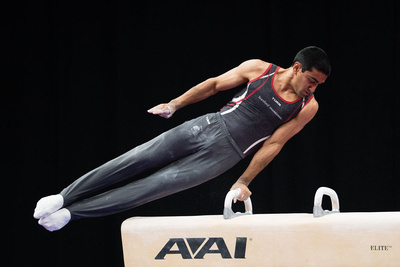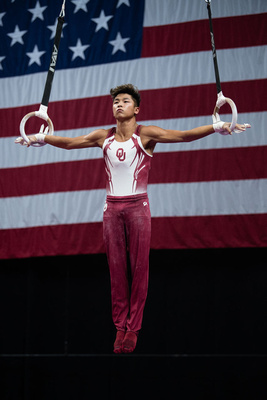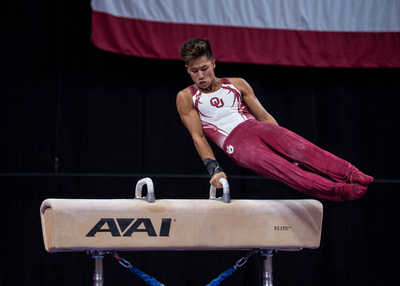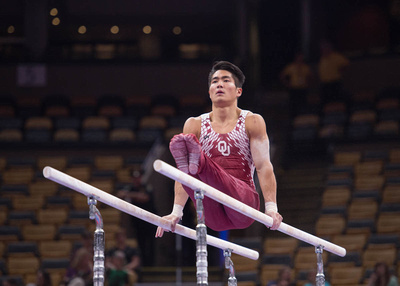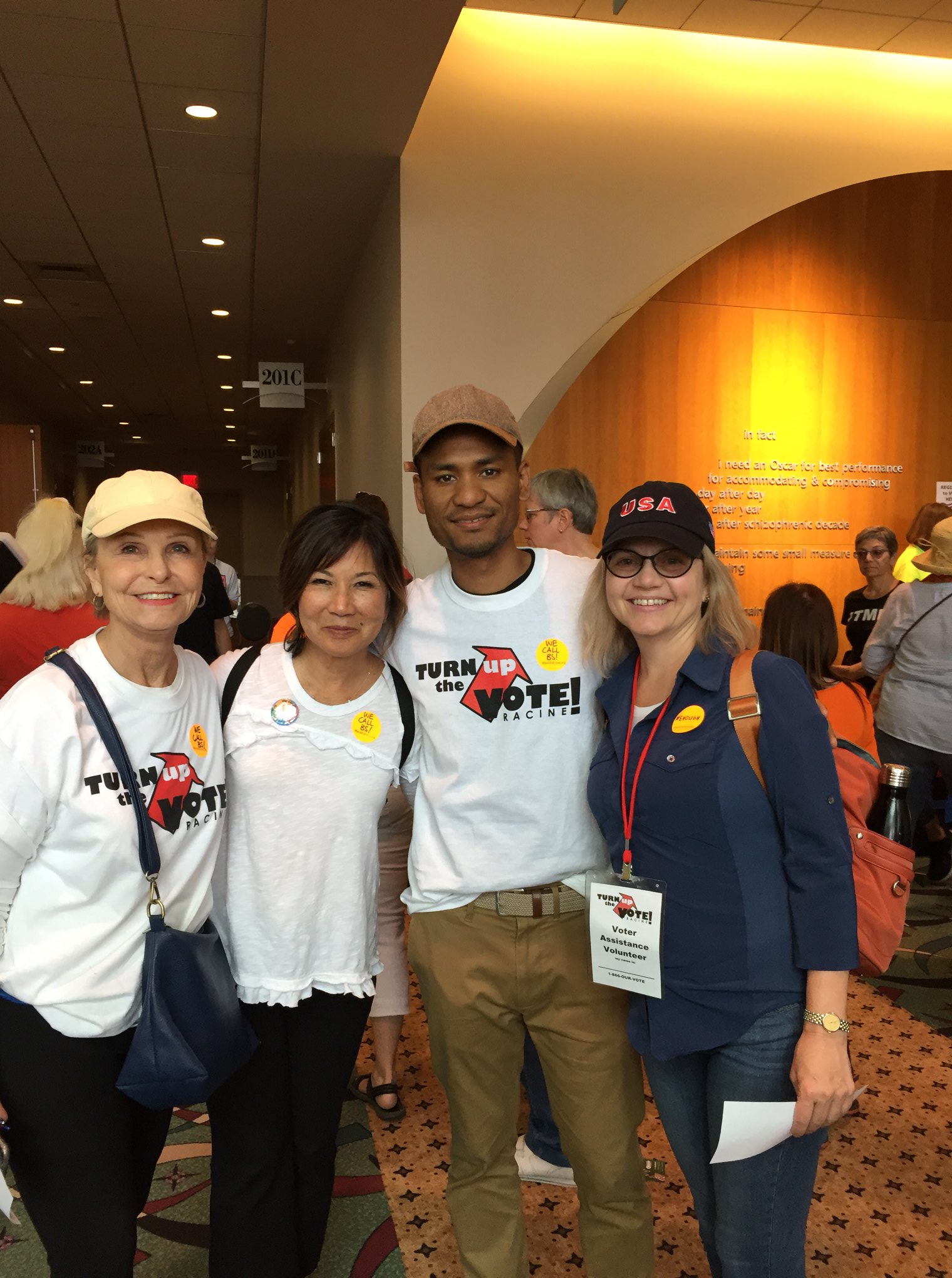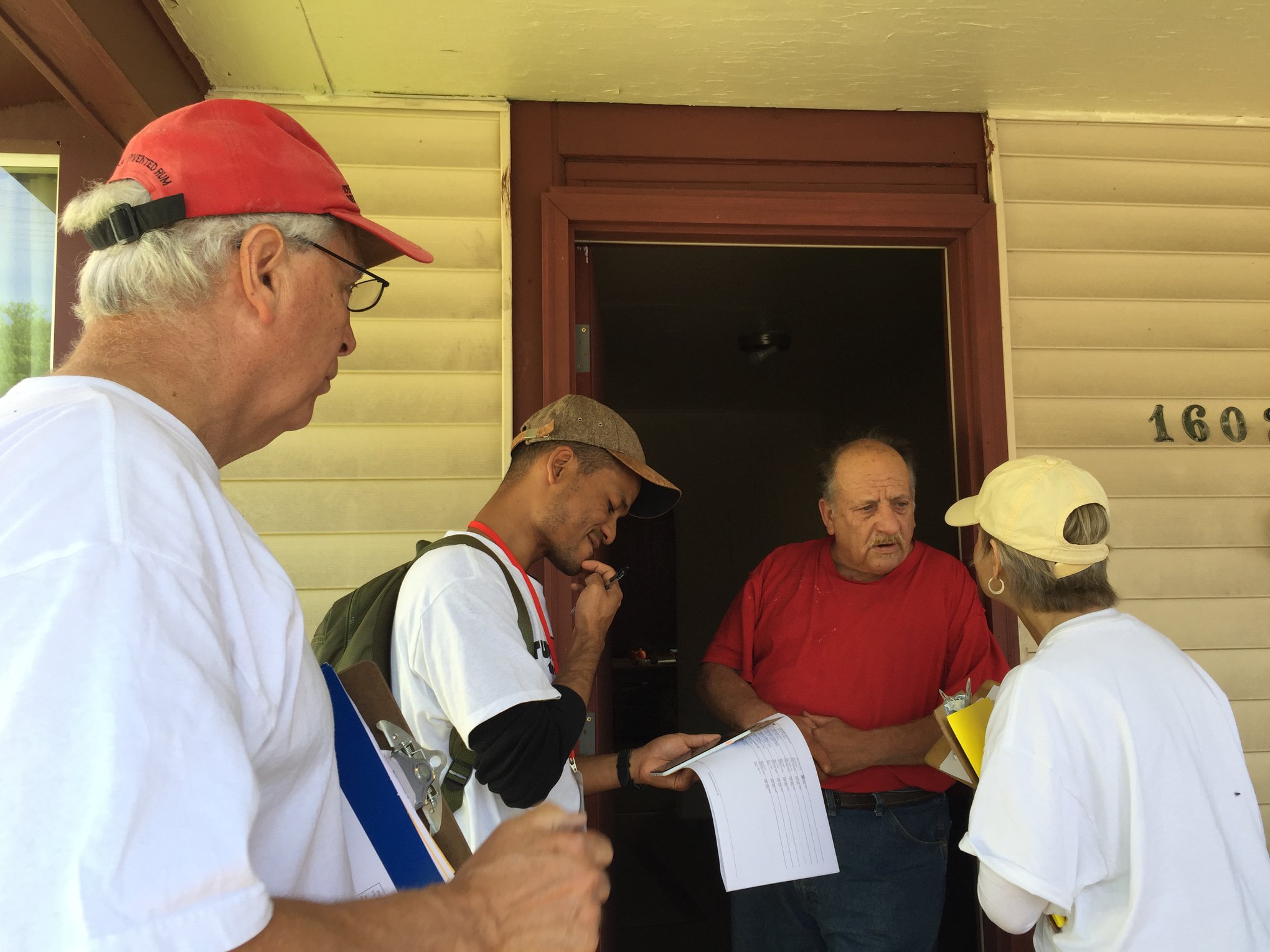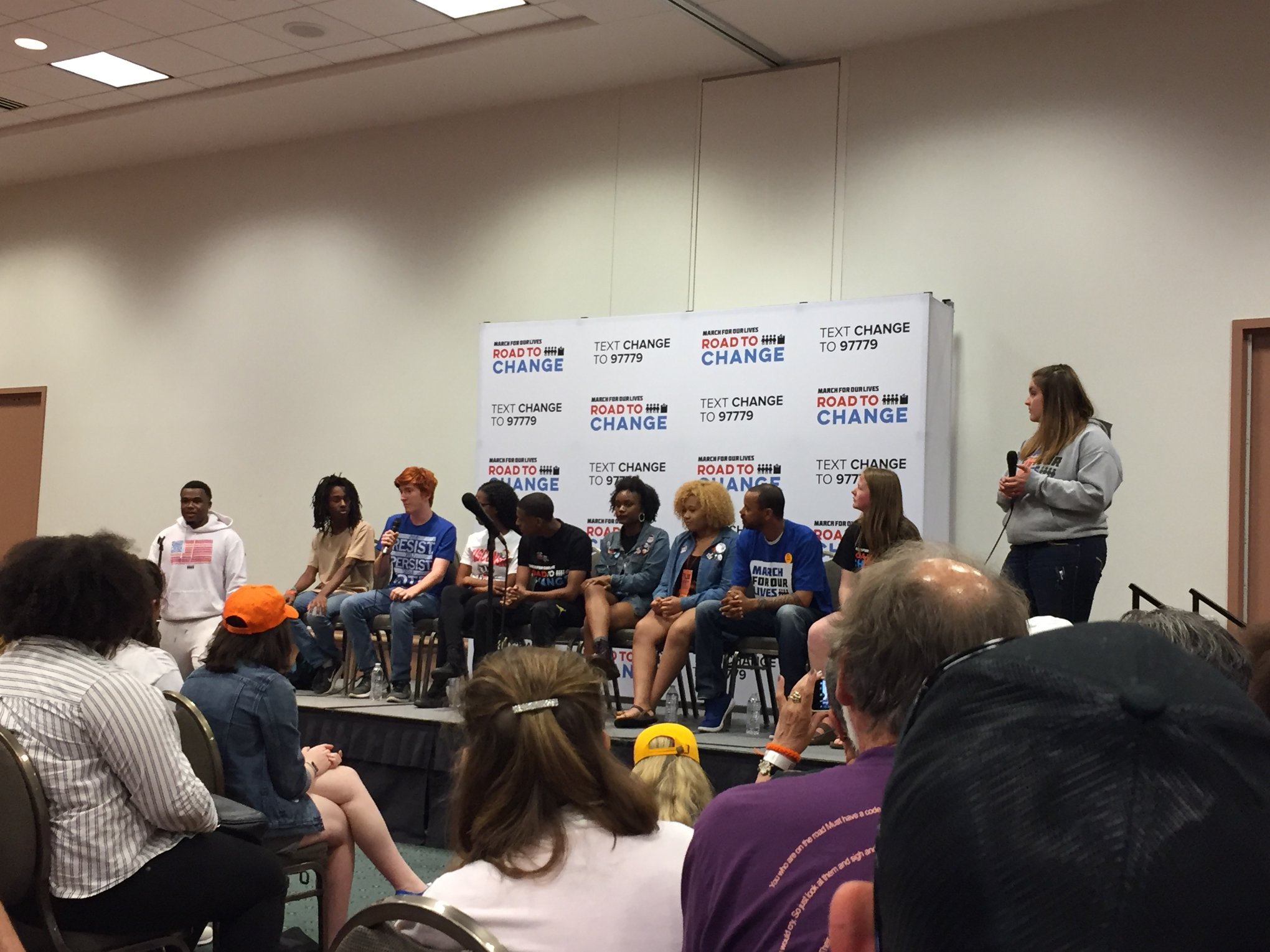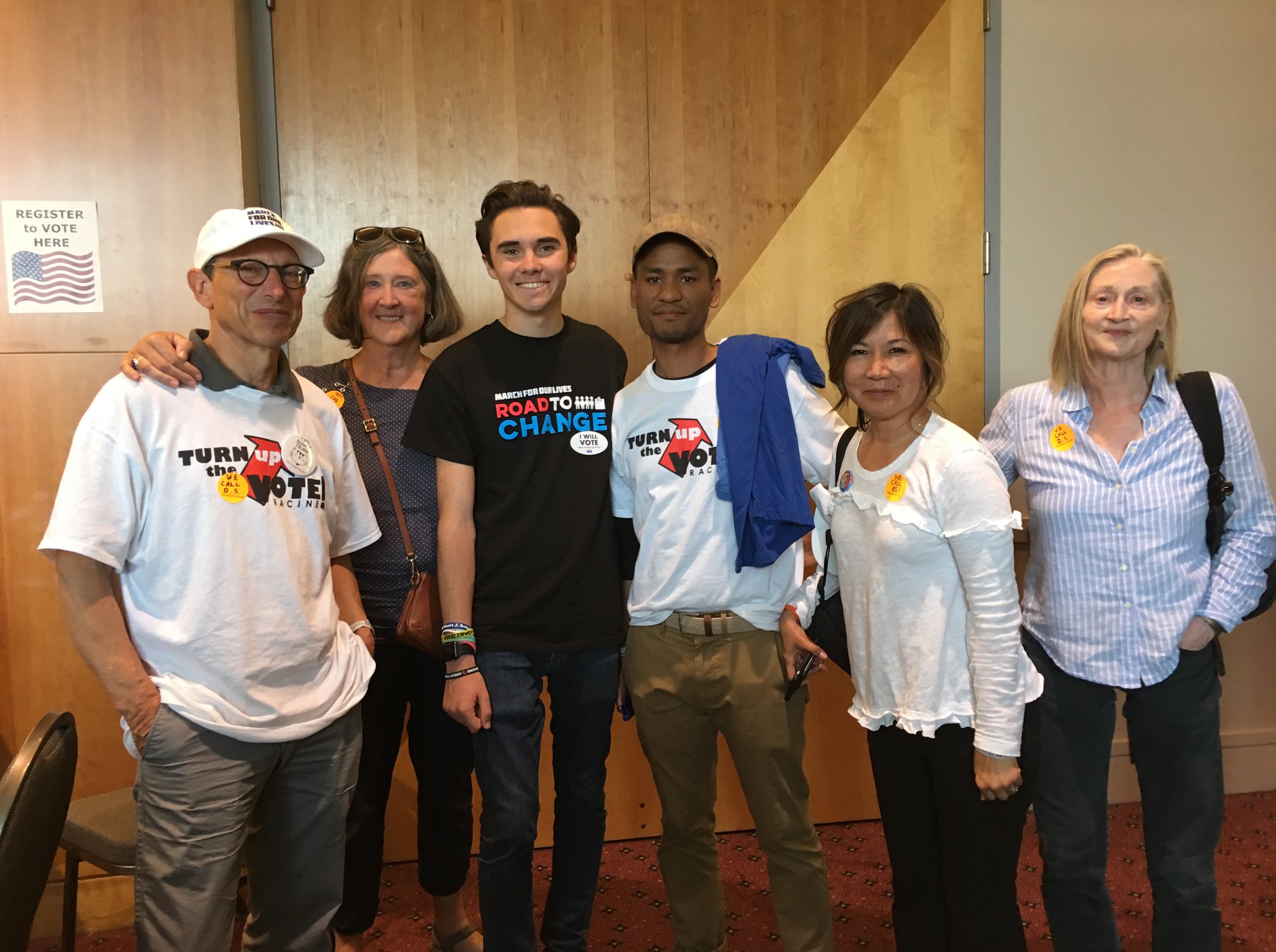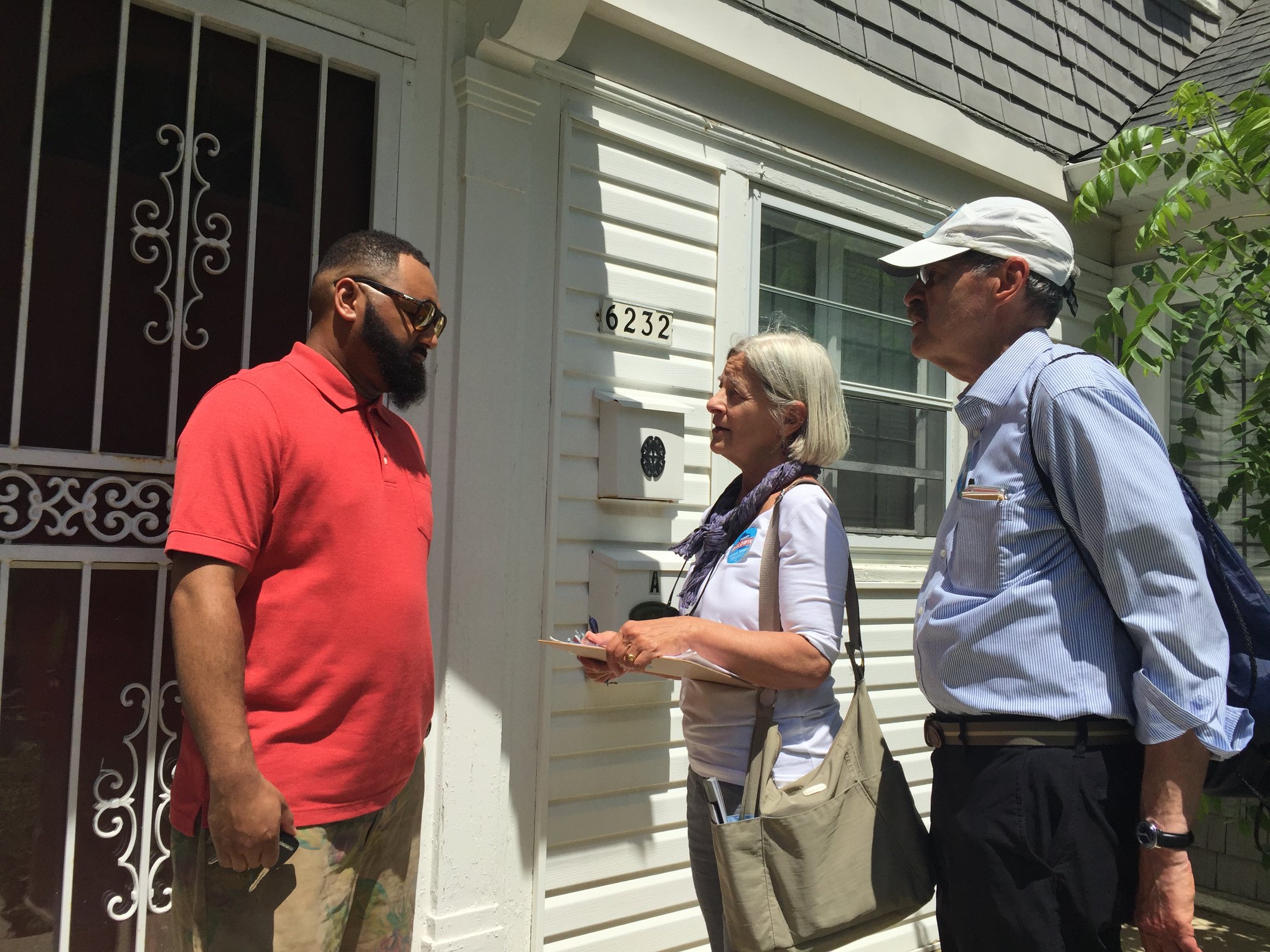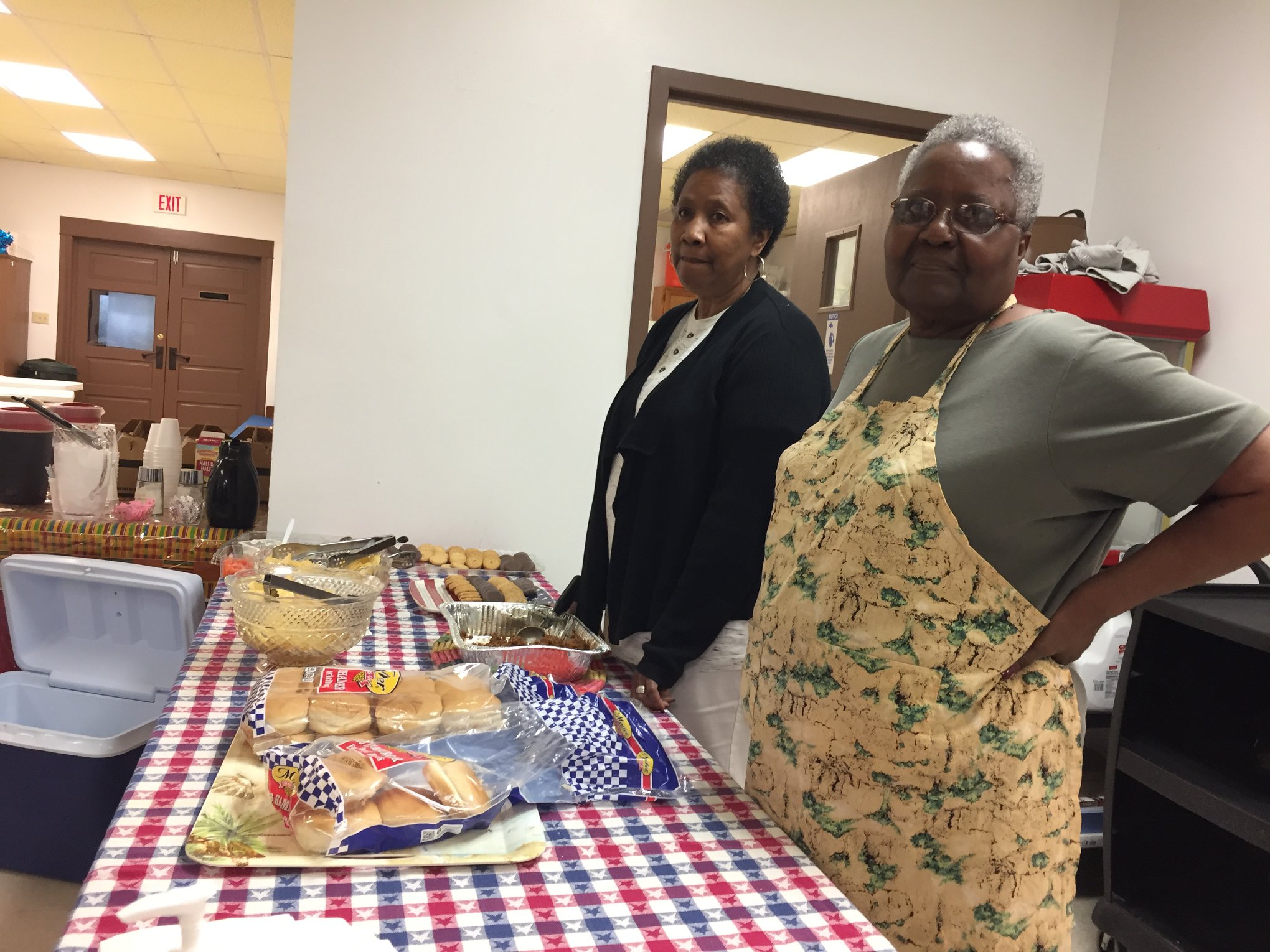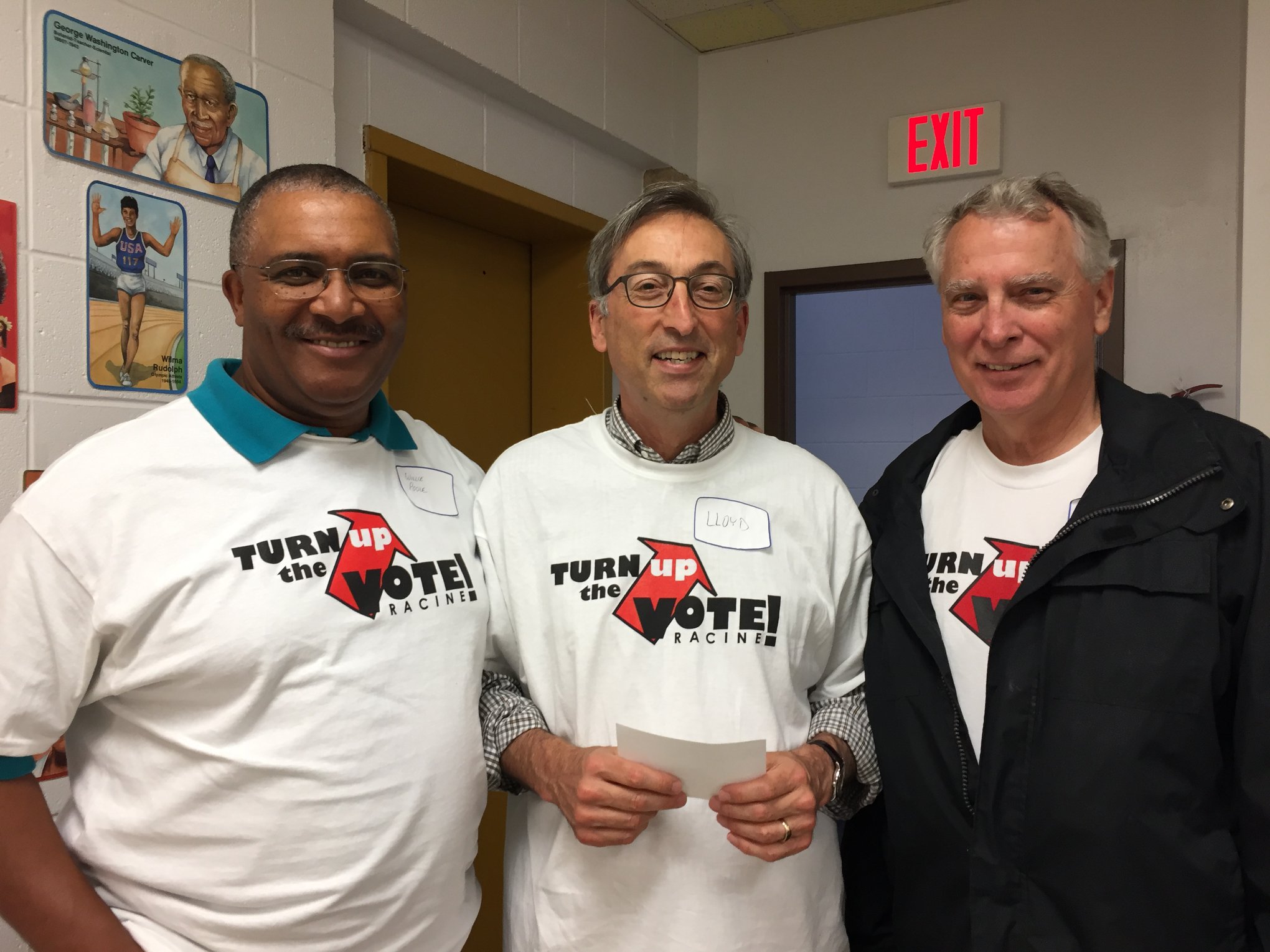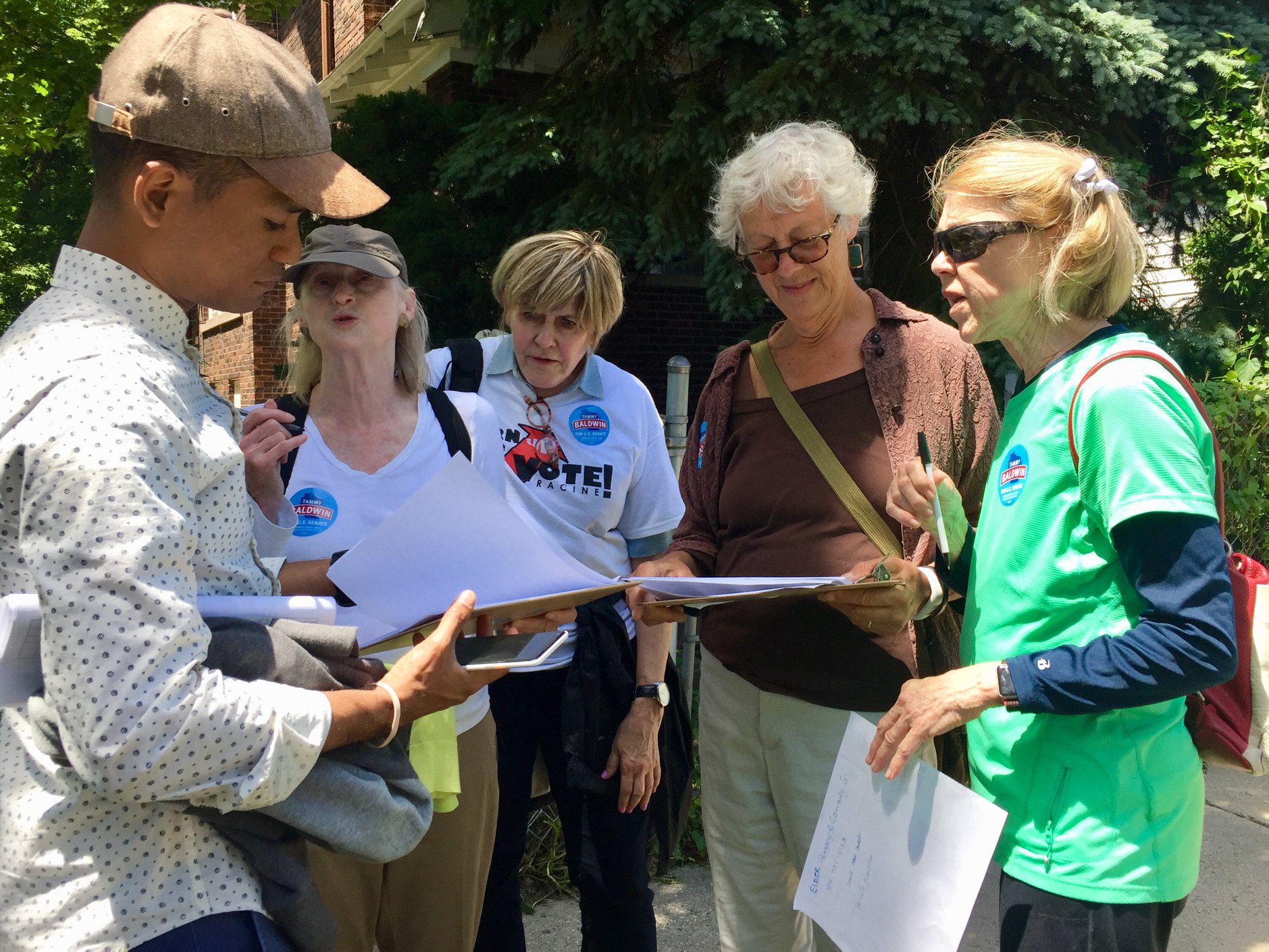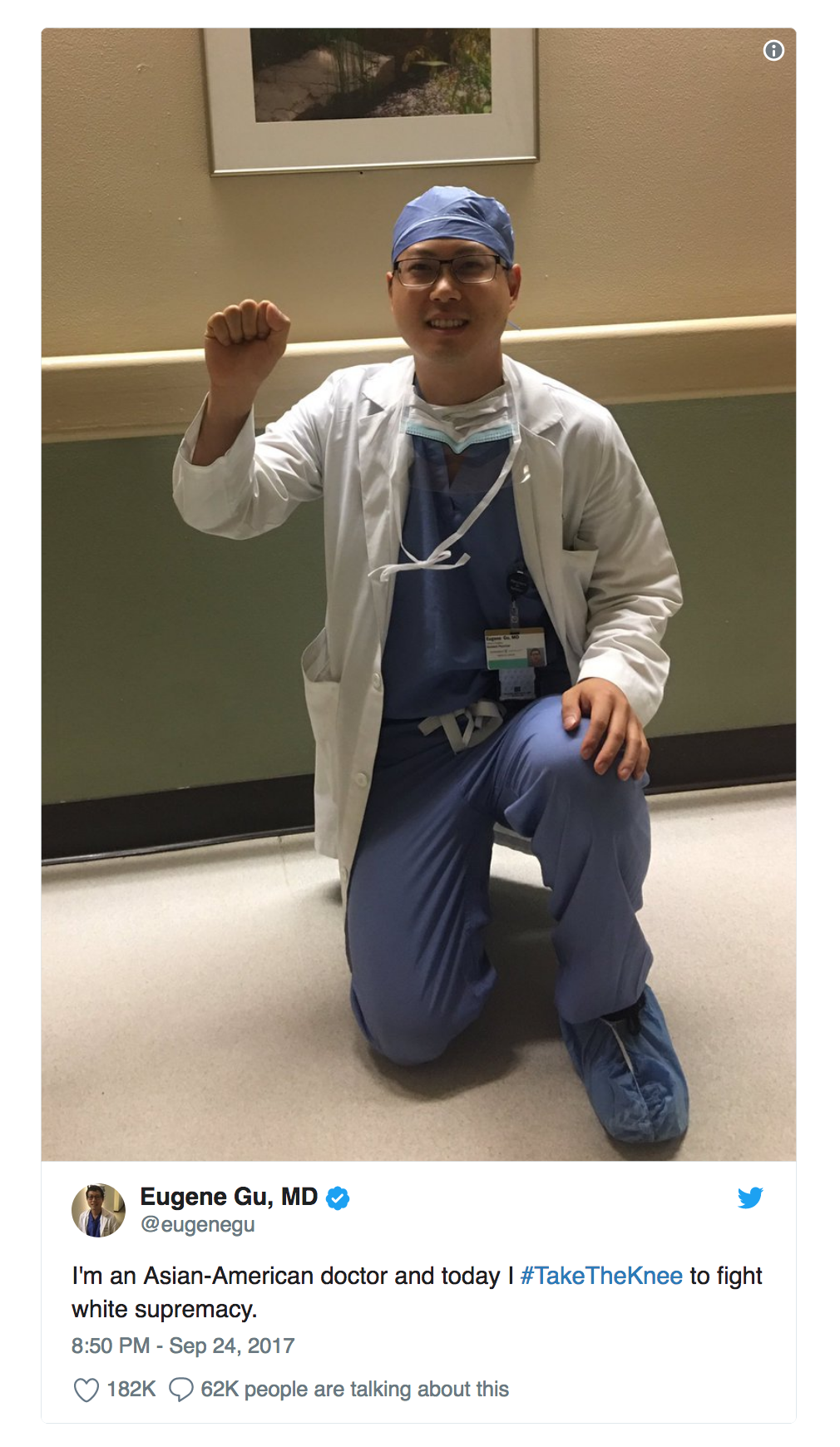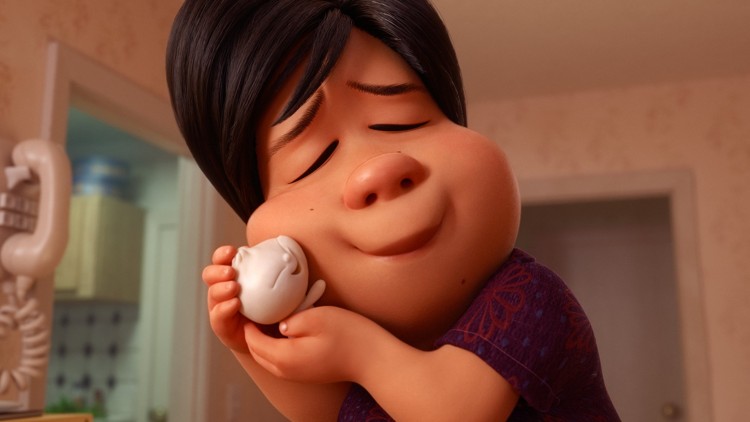Who's teaching Asian American studies courses this quarter? What classes can current Stanford students take? Find out as Fall Quarter begins!
ASNAMST 110 - The Development of the Southeast Asian American Communities: A Comparative Analysis
3 units | Mo 12:30-3:20 pm | Hien Do
This course will examine the establishment of the Cambodian, Hmong, and Vietnamese communities in the US. We will focus on the historical events that resulted in their immigration and arrival to the US as well as the similarities and differences in the ways in which they were received. In addition, the course will focus on issues that impacted in the development of these communities focusing on the social, political, and economic processes by which new immigrant groups are incorporated into the American society. The second part of the course will be devoted to analyzing contemporary issues including but not limited to: class status, educational attainment, ethnic identity, racialization, second generation, mass media representation, poverty, and economic mobility.
ASNAMST 115 - Asian American Film and Popular Culture
5 units | TuThu 10:30-11:50 am | William Gow
Since the later part of the nineteenth century, representations of Asian Americans in popular culture have played a defining role in shaping ideas of citizenship and national belonging in the United States. Tracing the evolution Asian American representations from the silent film era through the advent of online media, this course examines the economic, political, and cultural influence of Asian American screen images on U.S. society. Through a focus on both mainstream and independent productions, we discuss the work of Asian American actors, audience members, media producers, consumers, and activists. Films and TV shows to be discussed include The Cheat (1915), Daughter of the Dragon (1931), Who Killed Vincent Chin? (1989), Sai-i-gu (1993), AKA Don Bonus (1995), episodes of the Mindy Project and Master of None, and work by early Asian American YouTube stars including Michelle Phan and KevJumba.
ASNAMST 144 - Transforming Self and Systems: Crossing Borders of Race, Nation, Gender, Sexuality, and Class
5 units | Tu 3:00-5:50 pm | WAY-CE, WAY-ED | Stephen Murphy-Shigematsu
Exploration of crossing borders within ourselves, and between us and them, based on a belief that understanding the self leads to understanding others. How personal identity struggles have meaning beyond the individual, how self healing can lead to community healing, how the personal is political, and how artistic self expression based in self understanding can address social issues. The tensions of victimization and agency, contemplation and action, humanities and science, embracing knowledge that comes from the heart as well as the mind. Studies are founded in synergistic consciousness as movement toward meaning, balance, connectedness, and wholeness. Engaging these questions through group process, journaling, reading, drama, creative writing, and storytelling. Study is academic and self-reflective, with an emphasis on developing and presenting creative works in various media that express identity development across borders.
ASNAMST 186B - Asian American Art: 1850-Present
4 units | MoWe 3:00-4:20 pm | WAY-AII, WAY-ED | Marci Kwon
In 1968, the Asian American Political Alliance began a successful campaign to jettison the designation "oriental" in favor of "Asian American." Given the term's recent genesis, what do we refer to when we discuss "Asian American art," and how can we speak of its history? This lecture class will explore these questions by considering artists, craftsmen, and laborers of Asian descent in the United States, beginning with Chinese immigration to California in the mid-nineteenth century, and extending through our current moment of globalization. We will consider their work alongside art and visual culture of the United States that engages "Asia" as a place, idea, or fantasy. Special attention will be paid to the crucial role Asia and Asian Americans played in movements including photography in San Francisco, Abstract Expressionism, Beat Culture, performance art, and New Queer Cinema. Artists include Chiura Obata, Isamu Noguchi, Yoko Ono, Nam June Paik, Manuel Ocampo, Zarina, and Wu Tsang, among many others.
ASNAMST 134 - Asian American History through Literature
5 units | TuThu 10:30-11:50 am | David Palumbo-Liu
History presents us with the historical fact and shows how these facts add up. Literature helps explore the human significance of historical facts. In this course we will focus on a number of works of Asian American literature that each depict specific moments in the development of Asian American history, and discuss how the authors feel the effects of that history and represent those effects through literature. There are no pre-requisites for the course, but students are expected to read and analyze carefully and critically, and to be serious and active participants in the class.
Compiled by Melody Yang (myang10@stanford.edu), Asian American Studies Liaison
